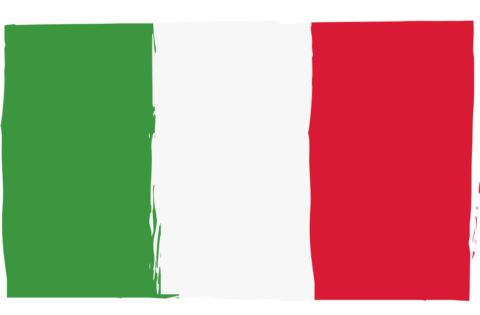ITALY CHRONICLES
Latest Posts
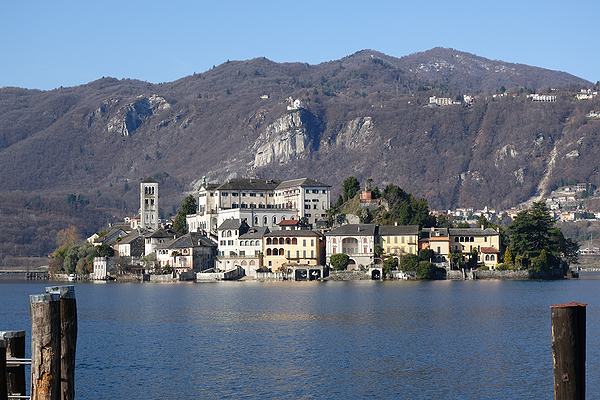
New! Italy Photo Contests – Show Off Your Photos of Italy
If you, like me, you think Italy is extremely photogenic, you might be interested to hear that Italy Chronicles is to run photo contests. The
Italian Politics – Still a Mess
Here’s a roundup stroke overview of what’s going on in the decidedly odd world of Italian politics. Broadly, there are three political factions in Italy,
Wild Boar Hunting in Italy
Ever thought about wild boar hunting in Italy? Maybe not but perhaps you might like to. Italy has a bit of a problem with wild
Berlusconi Heart
On Thursday in Italy headlines were dominated by the news that Silvio Berlusconi, a former and controversial prime minister, required an urgent heart operation and had
Money People – The World’s Biggest Problem
What’s that old saying? Ah yes, “money is the root of all evil”. From what is happening in Italy and elsewhere around the world, there
Italian Politics – Still a Mess
Here’s a roundup stroke overview of what’s going on in
Wild Boar Hunting in Italy
Ever thought about wild boar hunting in Italy? Maybe not
Berlusconi Heart
On Thursday in Italy headlines were dominated by the news
Money People – The World’s Biggest Problem
What’s that old saying? Ah yes, “money is the root
Italy
Video of Mafia at Work in Naples, Italy
This is shocking video footage. What you will see is young mafia members, for that’s what they most probably are, dumping rubbish on the streets
The Italian Job: A Look at Italy’s Impact on Hollywood Cinema
Italy’s rich cinematic history has had a significant impact on Hollywood cinema, shaping the industry in various ways. From the beginnings of Italian cinema to
Whoops, I did it Again in Italy, the Land of Self-Induced Blackouts
Oops, I did it again! Last night I innocently switched on the kettle to make myself a cup of coffee in our apartment in Milan,
Calabrian Culture and Traditions
Calabria, a region in southern Italy, is known for its rich culture and traditions that have been shaped by a fascinating history. From its prehistoric
Tourism in Italy – A Top Ten list of Which Nationalities Visited Italy in 2008
Ever wondered who travels to Italy? And where these visitors travel from? Well, I have, and have dug up some statistics on this very subject.
An Interesting Italian Word: Furbo
I suspect that Gege’ Bau, who commented on one of my posts, may know something about the meaning of the Italian word ‘furbo’.

Reform, Not Austerity will bring Recovery in Europe
This contributor, and former Australian politician, has long thought the
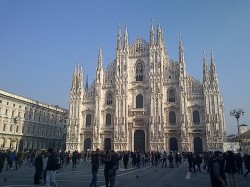
Living in Italy Pretty Depressing, Expat Survey Finds
Here are the findings of the Expat Insider 2015 Survey
Properties
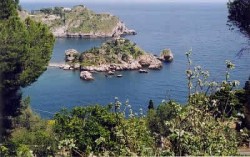
The Admirable Admiral’s Villa in Taormina
If you know your history pretty well, you may be aware that one of England’s most celebrated Admirals possessed a rather charming villa in the scenic Sicilian town of Taormina.
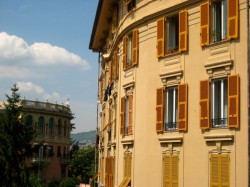
How to Find Property for Rent in Italy
Maybe you are coming to Italy to work or study here for a while, in which case, you’ll need somewhere to live. If that’s the
House For Sale near Milan
Gaetano Salvo, friend and Blog from Italy researcher wants to sell his house. For those who might be interested, or may know of someone or
House For Sale near Milan
Gaetano Salvo, friend and Blog from Italy researcher wants to sell his house. For those who might be interested, or may know of someone or

How to Find Property for Rent in Italy
Maybe you are coming to Italy to work or study here for a while, in which case, you’ll need somewhere to live. If that’s the
Places to stay in Italy
Casa Villatalla B&B, Liguria
By far the most important members of the Casa Villatalla household are Nellie (an elderly but loveable chocolate Labrador), Bonnie, a fluffy and rather scatty American Spaniel, and Pickle, aneccentric cat who walks like John Wayne.
Chaplin Bed and Breakfast Rome
Perfectly located in a safe and quiet but extremely central Rome neighborhood, the Chaplin Bed and Breakfast Rome is the ideal base for your Roman holiday.
Villa Miller Bed and Breakfast, Puglia, Italy
Located well off the main road in the depths of the Puglia countryside, Villa Miller the only sounds which disturb guests are those of the crickets and the ringing of the bells worn by the areas cow and sheep population.
Villa Miller Bed and Breakfast, Puglia, Italy
Located well off the main road in the depths of the Puglia countryside, Villa Miller the only sounds which disturb guests are those of the crickets and the ringing of the bells worn by the areas cow and sheep population.
Casa Villatalla B&B, Liguria
By far the most important members of the Casa Villatalla household are Nellie (an elderly but loveable chocolate Labrador), Bonnie, a fluffy and rather scatty American Spaniel, and Pickle, aneccentric cat who walks like John Wayne.
